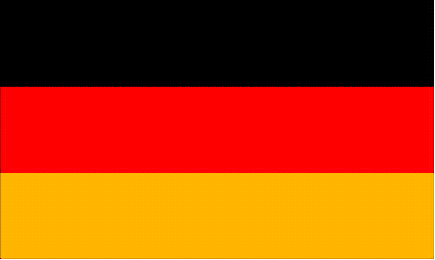|
Project Development
If a complex production plant is to be analysed, there are limitations
while working in mathematical-analytical models. This is because
of multiplicity in
time –
and random system sizes and partial complicated reciprocal effects of
the resources
In an assembly plant many processes run parallely and meaningful
results with
static computations is hardly obtained. Presently, the only possible
way to
attain the desired results is to employ computer aided factory
simulation. With
this method one can examine completely the most diverse questions in
production
plants.
The
individual study of
simulation is studied in the illustration. Each
study begins with the definition of the
planning tasks. The worth of simulation must be examined.
Formulation
of tasks holds the
results that are determined using the simulation. Formulation
of tasks
is followed by the system analysis. Here, all the necessary data for
study is
analysed. The essential datas are the
system data like
quantities and dates, Organisational data like strategy or restriction,
technical data like layouts or performance data of machines. After
these data
acquisition the model building of the actual simulation model takes
place. It
means the conversion of the thought model to formal, pre-defined
structures of the
universal model in the form of programming languages, or graphical
interactive
input structures or in free graphics.
The
verification procedure
consists of examining the model and verifying if it works in a manner
for which
it was created. If
it behaves
differently, the re-modelling is done. If the verification is done, the
model
is examined whether it behaves the same as the reality. If the real
plant is
not achieved, the planners decide together if it is sufficient for
their
requirements. This procedure is called as Validation. After this is
done, the
next stage is actual simulation testing where the simulated model is
executed. The
Simulation results are regarded as
the result Analysis. Mostly,
there exists a iterative process between the model experiment and
analysed
result. Mostly the
discussion of all
partners accomplishes the evaluation of the results. Here a decision is
made on
whether any necessary alternatives and/or change of task is required.
At
the end of each
simulation, the result transformation takes place. Every task is taken
over by
the data acquisition, eg: the speed parameters or the control programs
are
documented.
|






